
New images, taken over 16 min on January 17, 2025 by the Mastcam instrument on NASA's Curiosity rover, show noctilucent, or twilight clouds, in the atmosphere of Mars.
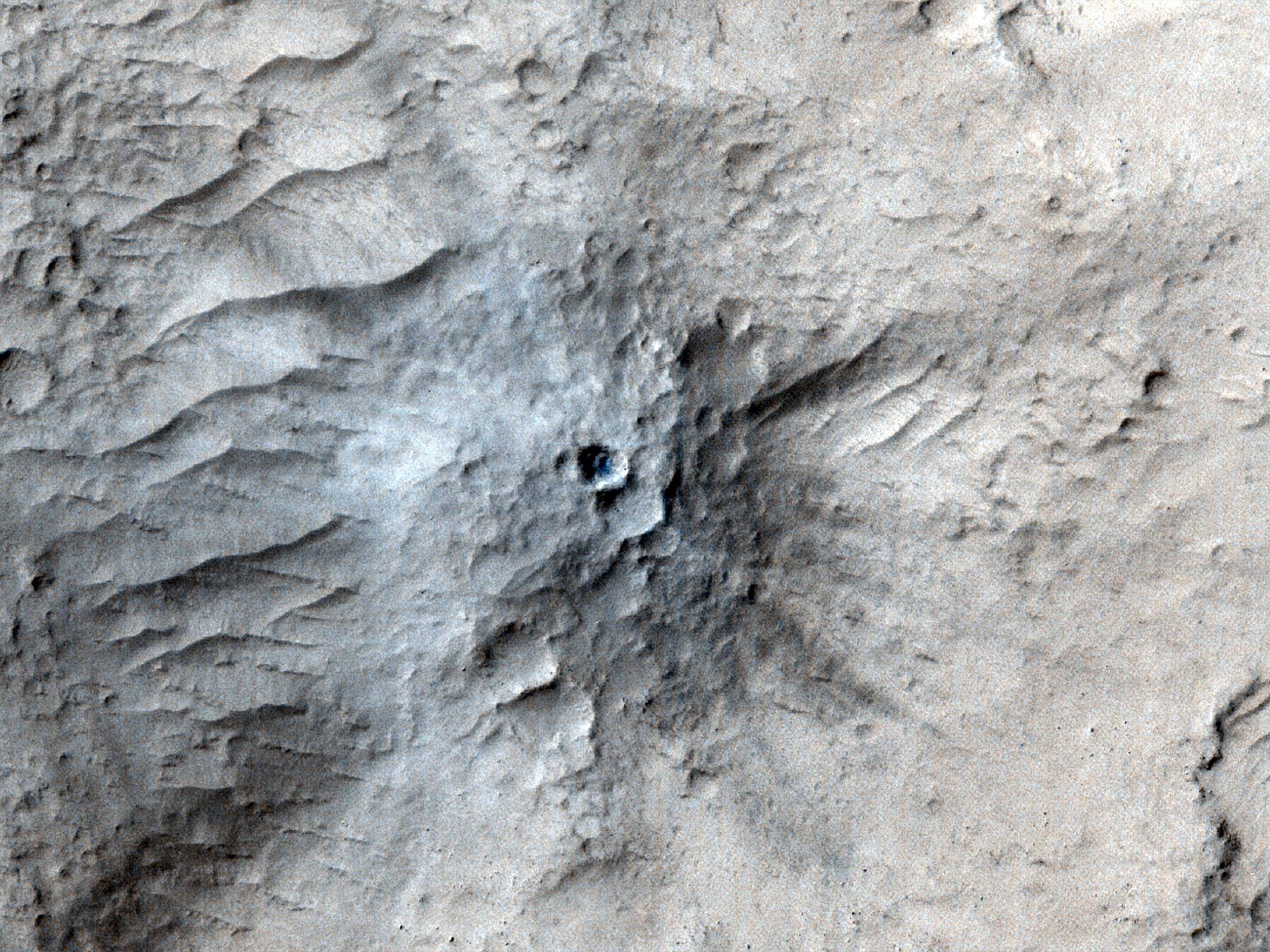
Meteoroids striking Mars produce seismic signals that can reach deeper into the planet than previously known.
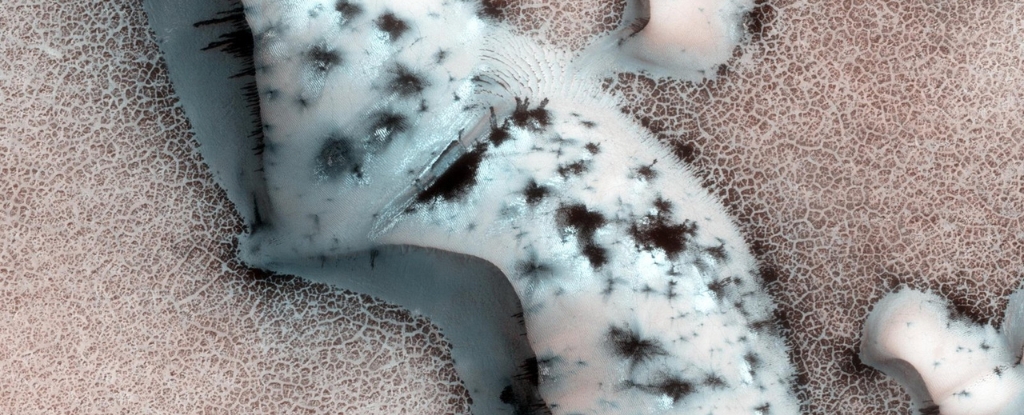
Though it's a cold, dead planet, Mars still has its own natural beauty about it. This image shows us something we'll never see on Earth - Martian CO2 geysers.

We know that lakes existed on Mars’ surface billions of years ago. But scientists have debated whether the lakes were open to the air or covered by a layer of ice.
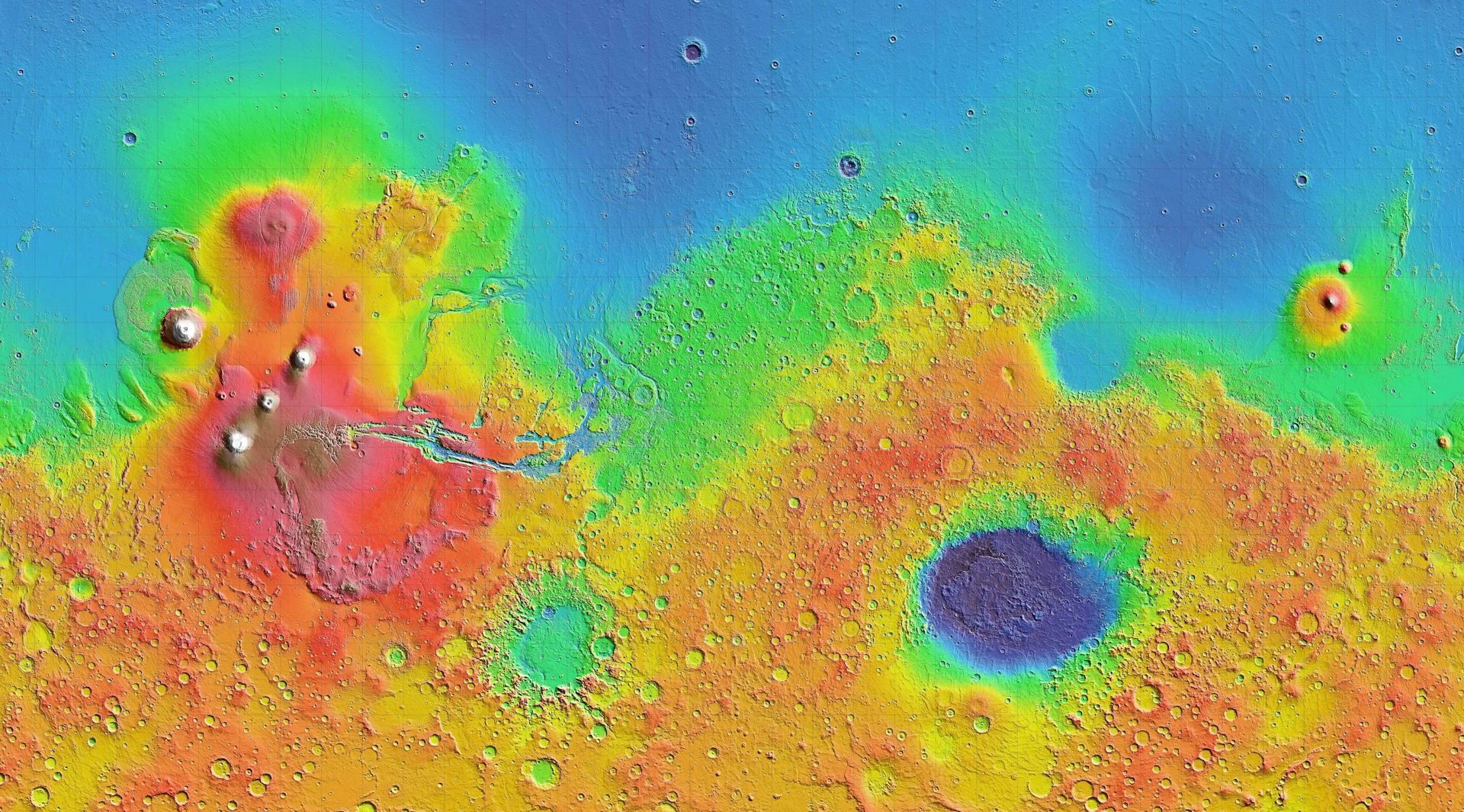
The southern highlands of Mars (which cover about two-thirds of the planet’s surface) rise as much as five or six kilometres higher than the northern lowlands. Nowhere else in the Solar System do we see such a large, sharp contrast at this scale.
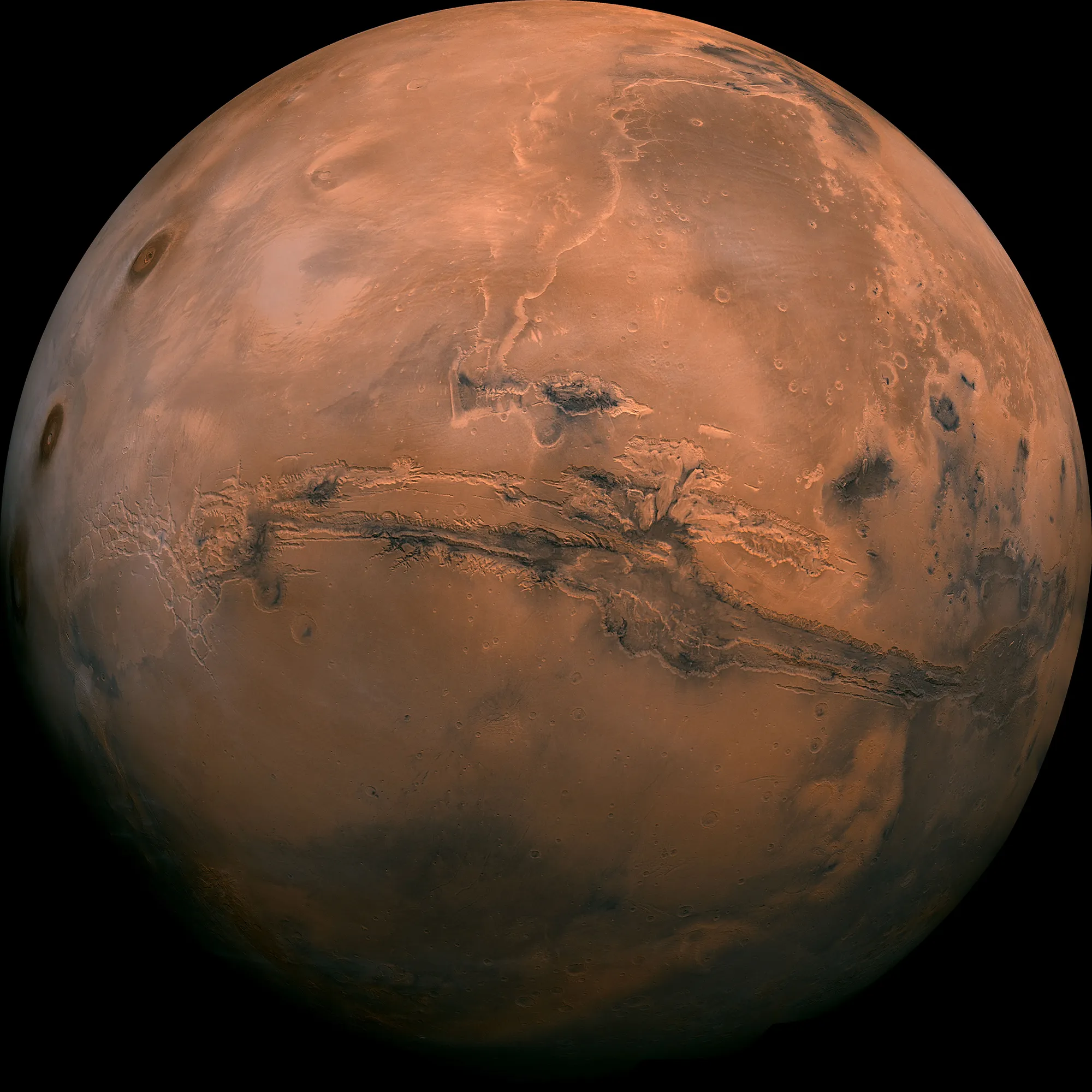
The research suggests that the thick crust of Mars' southern highlands formed billions of years ago generated granitic magmas and sustained vast underground aquifers.

The review takes a close look the final flight of the agency’s Ingenuity Mars Helicopter, which was the first aircraft to fly on another world.
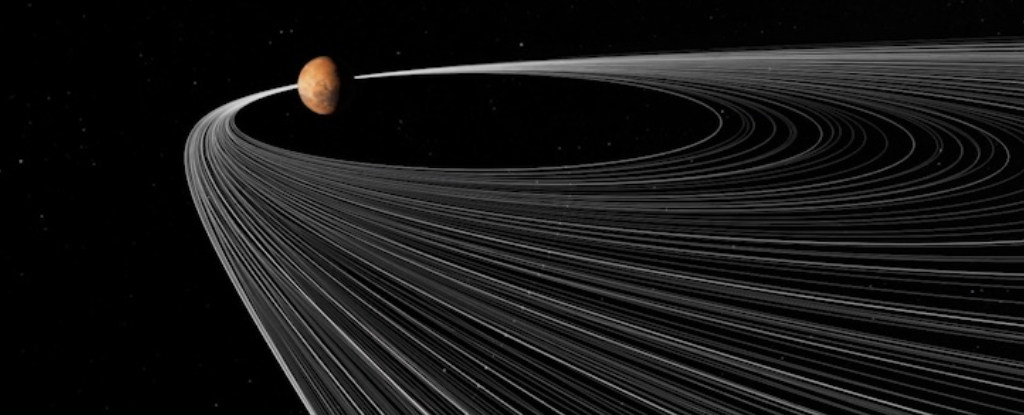
Martian moons could be a result of an early collision similar to that of Earth and Theia. This new model proposes an interesting middle way. Rather than an impact or direct capture, the authors propose a near miss by a large asteroid.

The history of water on early Mars is not certain. Determining when water first appeared, where and for how long, are all burning questions that drive Mars exploration.

NASA's Curiosity Mars rover viewed these yellow crystals of elemental sulfur using its Mast Camera. The discovery marks the first time this mineral has ever been found in a pure form on Mars.
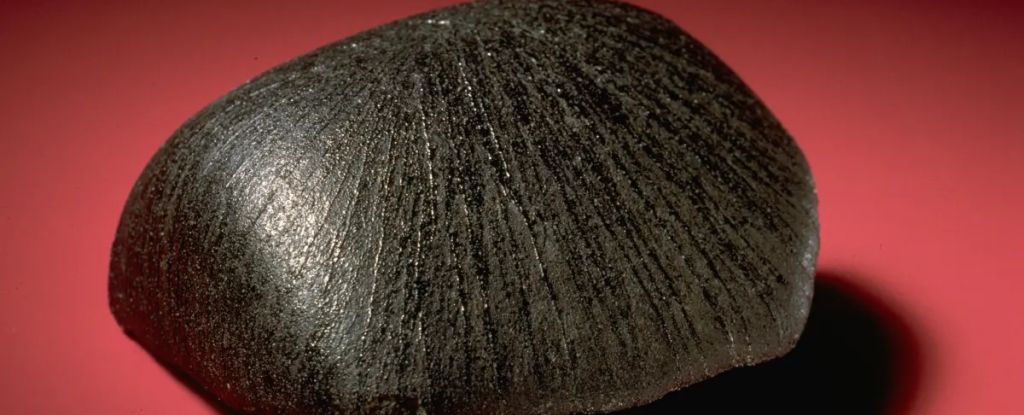
According to a new analysis of the Lafayette Meteorite, minerals within it formed in the presence of water 742 million years ago. It's a real breakthrough in the dating of aqueous minerals on Mars.

Astrobiologist Dirk Schulze-Makuch believes that humans may have unintentionally killed life on Mars in the 1970s.
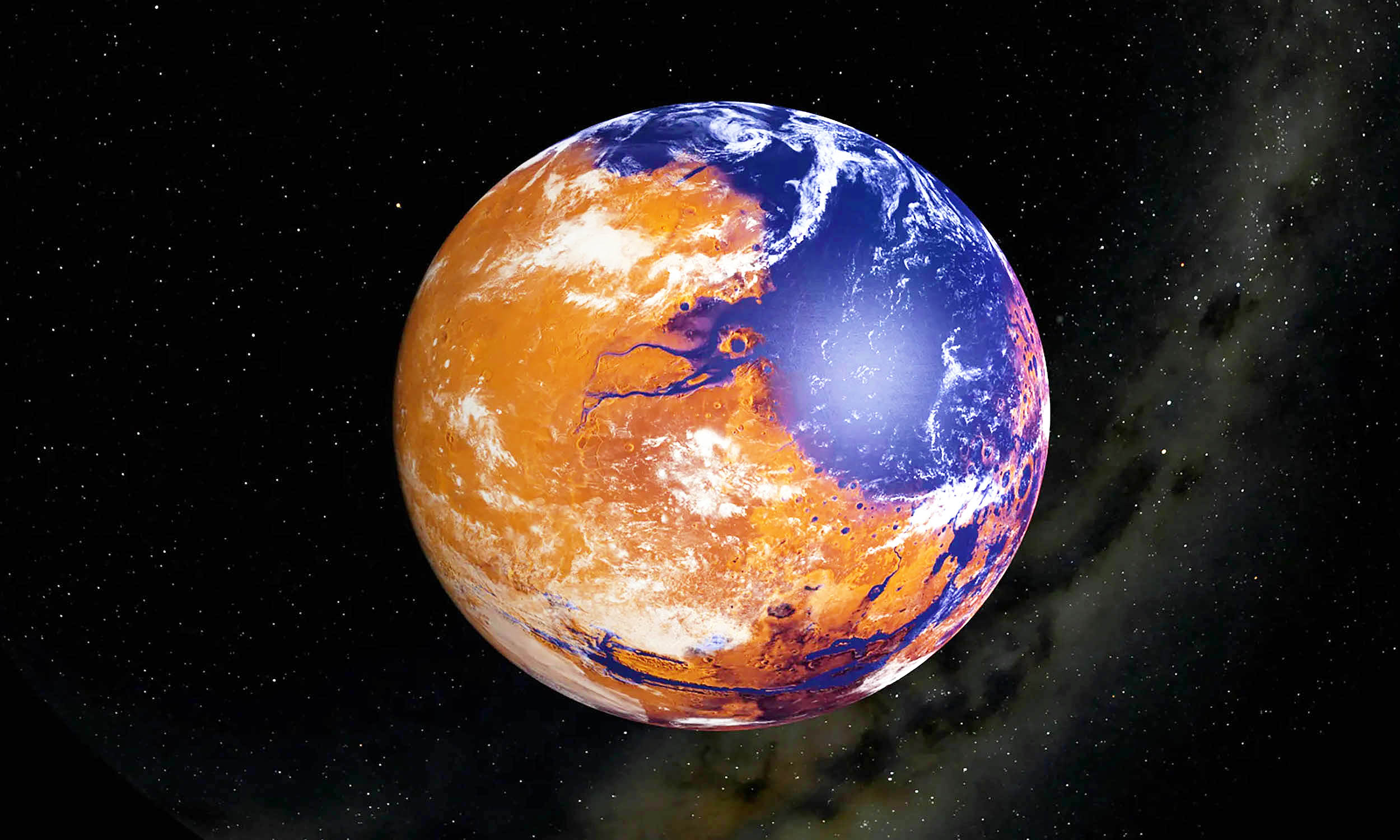
A Chinese rover has brought forth evidence that hints at the likelihood of a massive ocean, covering almost a third of the Red Planet, that existed billions of years ago.
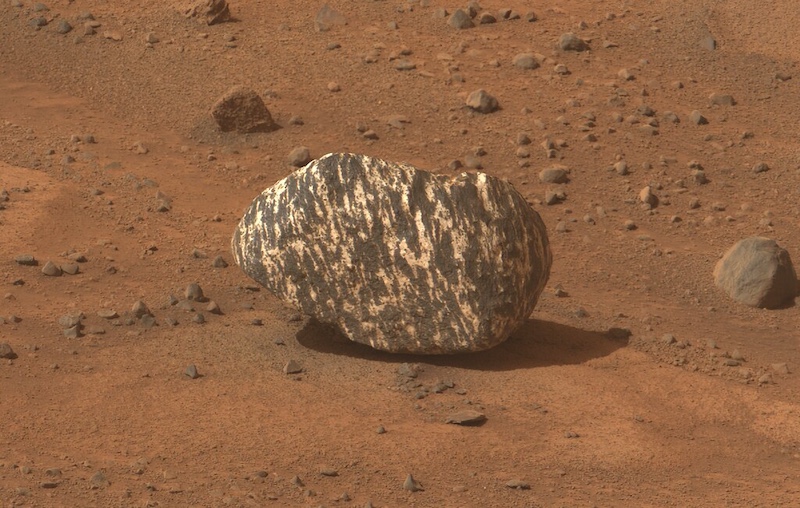
The science team thinks that igneous and/or metamorphic processes likely formed the rock.

The hidden Mars structures are mysterious because they appear to be significantly denser than their surroundings.